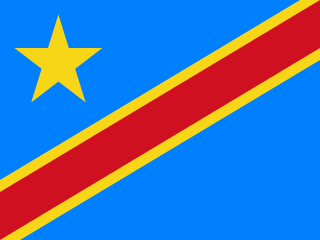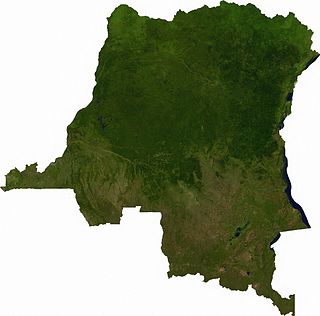| Chiloglanis micropogon | |
|---|---|
| Scientific classification | |
| Kingdom: | Animalia |
| Phylum: | Chordata |
| Class: | Actinopterygii |
| Order: | Siluriformes |
| Family: | Mochokidae |
| Genus: | Chiloglanis |
| Species: | C. micropogon |
| Binomial name | |
| Chiloglanis micropogon Poll, 1952 | |
Chiloglanis micropogon is a species of upside-down catfish native to Cameroon, the Democratic Republic of the Congo and Angola, where it occurs in the lower Congo river, the Kasai, Kwango, Dja and Lualaba rivers and Wagenia Falls (Stanley Falls). It also occurs in the Rungumba River, a tributary of Lake Tanganyika in the Democratic Republic of the Congo. This species grows to a length of 4.9 centimetres (1.9 in) TL. [1]

The Mochokidae are a family of catfishes that are known as the squeakers and upside-down catfish. There are nine genera and about 200 species of mochokids. All the mochokids are freshwater species originating from Africa.

Cameroon, officially the Republic of Cameroon, is a country in Central Africa. It is bordered by Nigeria to the west and north; Chad to the northeast; the Central African Republic to the east; and Equatorial Guinea, Gabon and the Republic of the Congo to the south. Cameroon's coastline lies on the Bight of Biafra, part of the Gulf of Guinea and the Atlantic Ocean. Although Cameroon is not an ECOWAS member state, it geographically and historically is in West Africa with the Southern Cameroons which now form her Northwest and Southwest Regions having a strong West African history. The country is sometimes identified as West African and other times as Central African due to its strategic position at the crossroads between West and Central Africa.

The Democratic Republic of the Congo, also known as DR Congo, the DRC, DROC, Congo-Kinshasa, or simply the Congo, is a country located in Central Africa. It is sometimes anachronistically referred to by its former name of Zaire, which was its official name between 1971 and 1997. It is, by area, the largest country in Sub-Saharan Africa, the second-largest in all of Africa, and the 11th-largest in the world. With a population of over 78 million, the Democratic Republic of the Congo is the most populated officially Francophone country, the fourth-most-populated country in Africa, and the 16th-most-populated country in the world.






